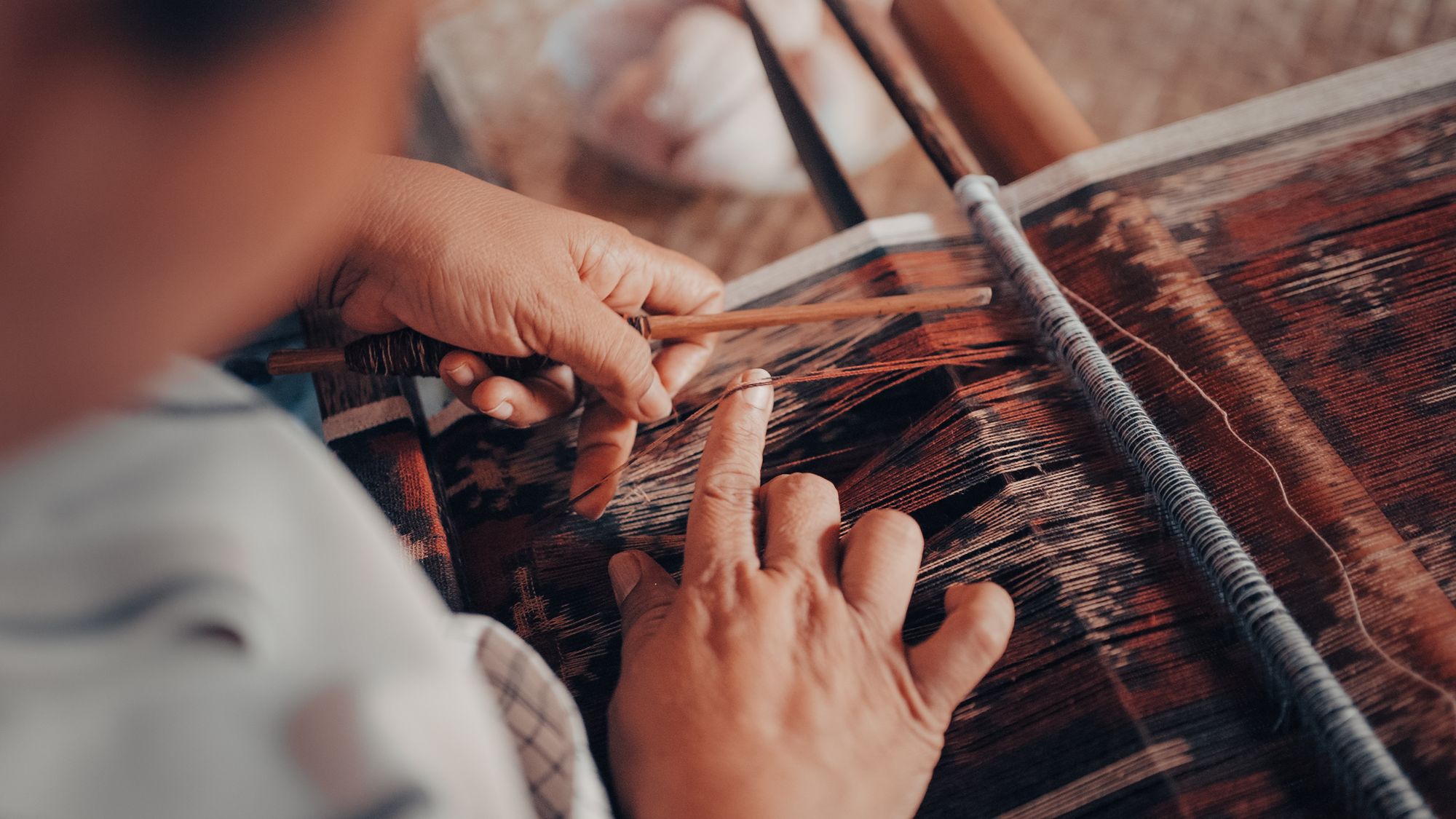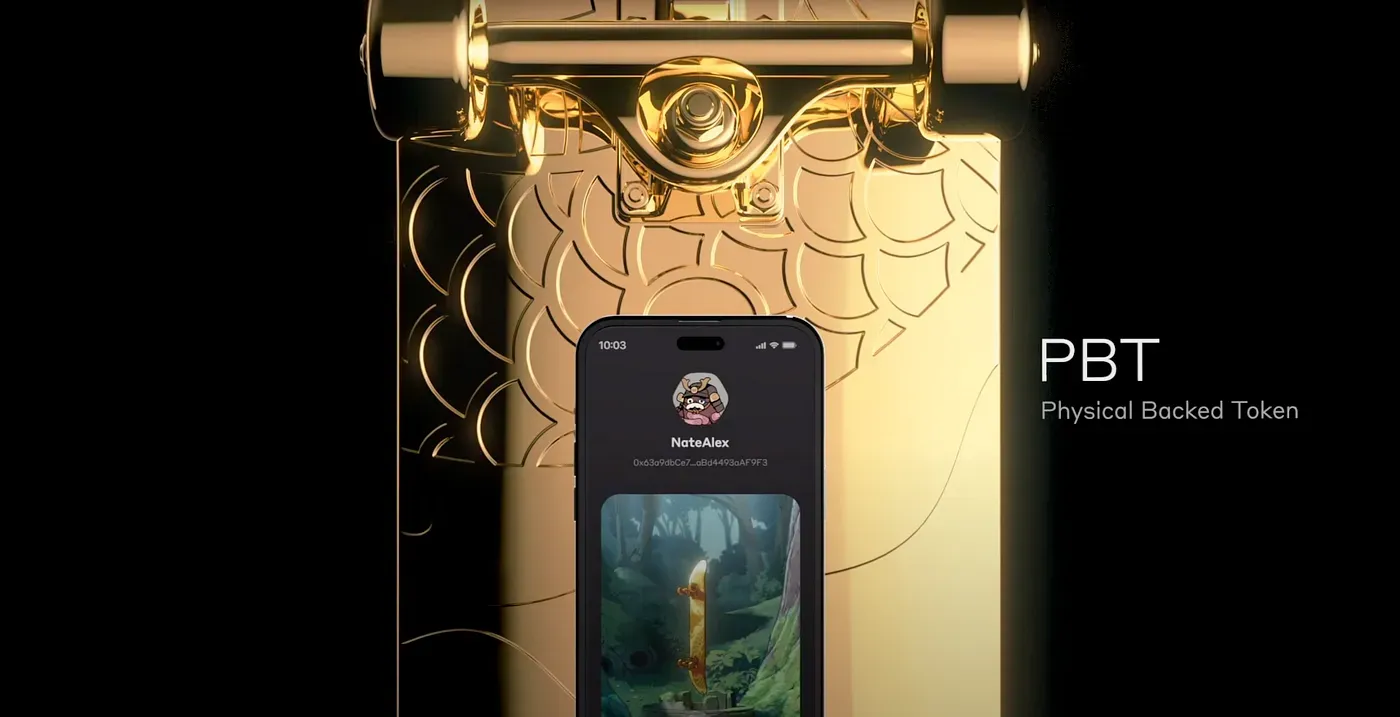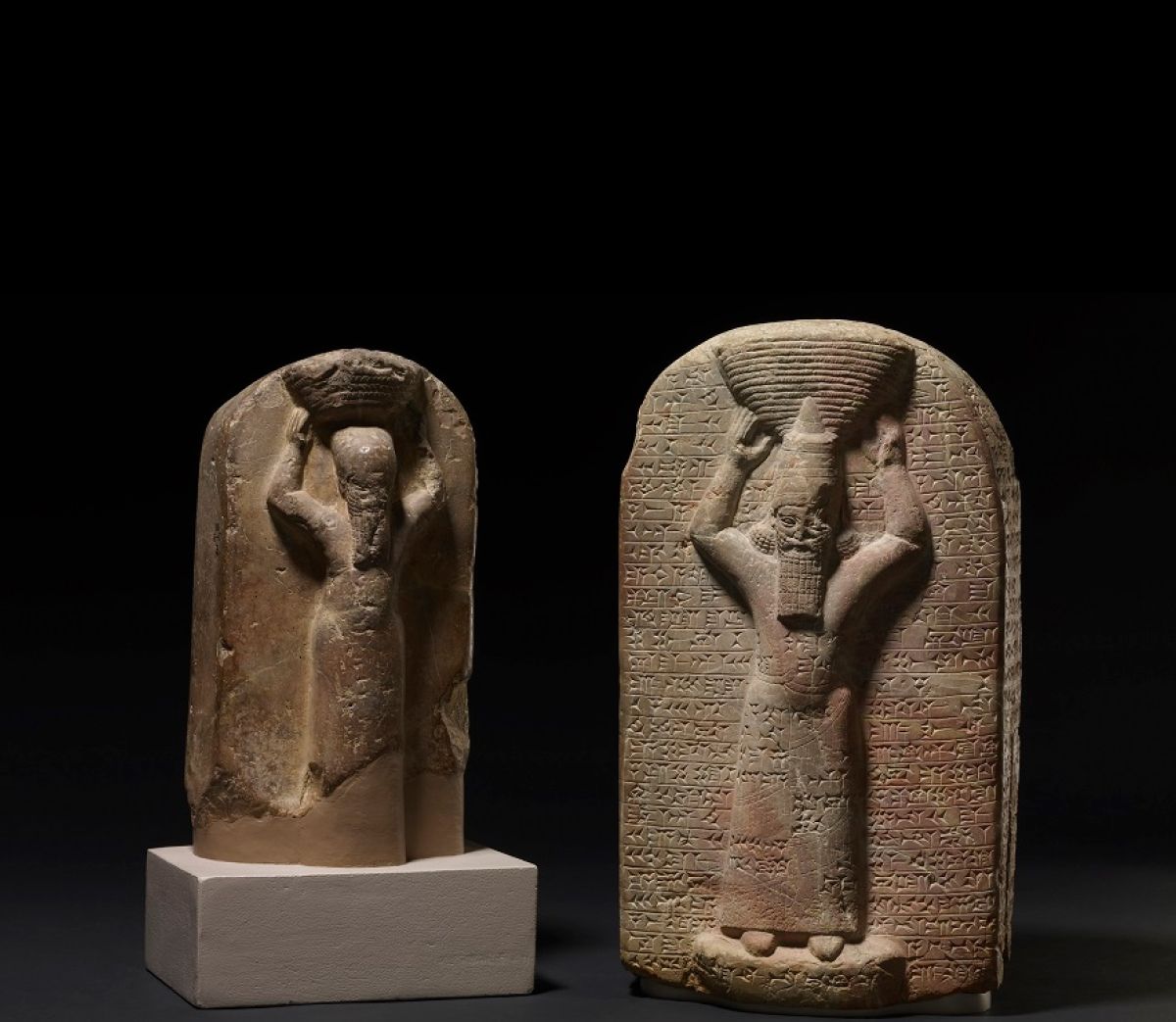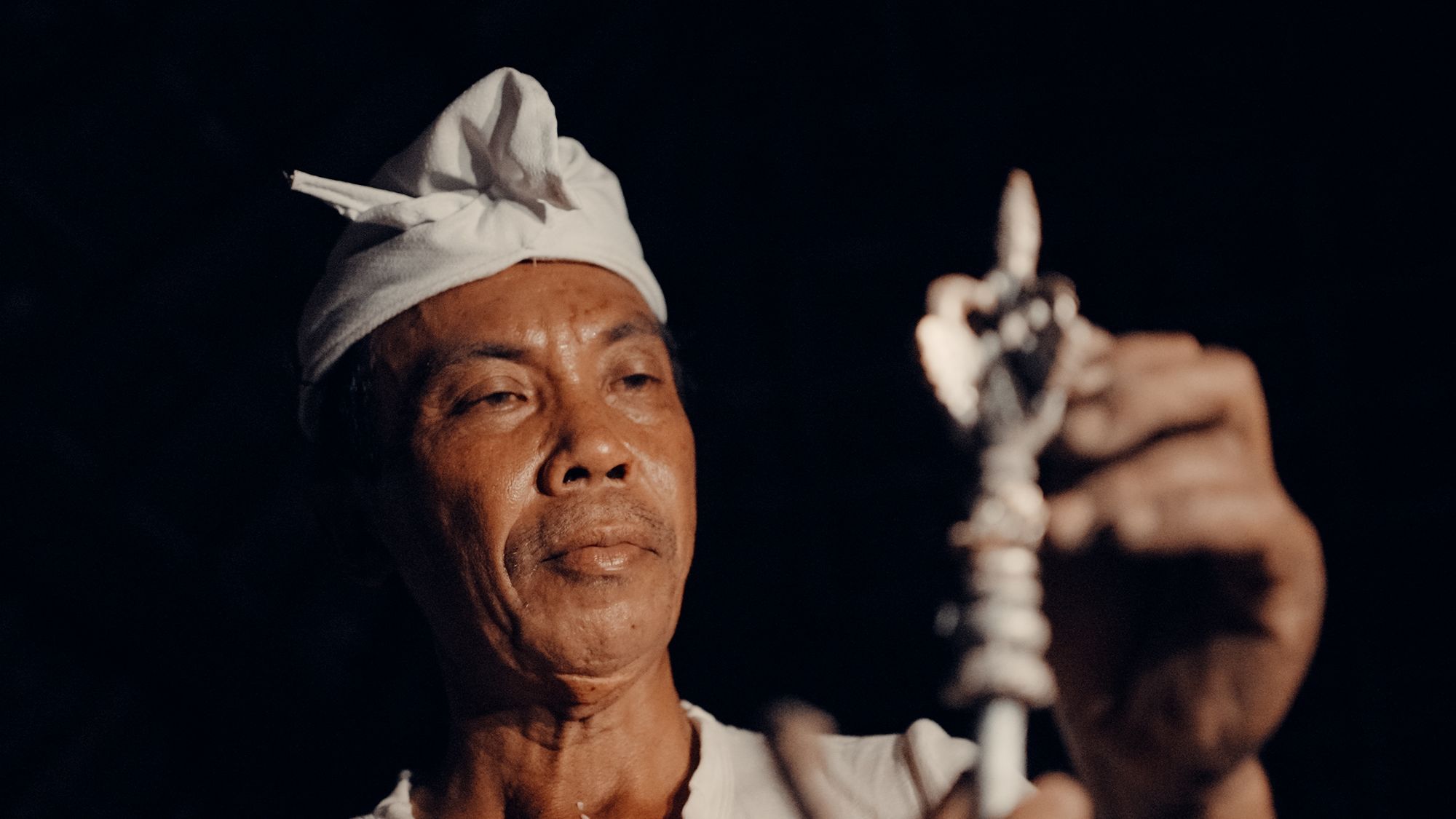Unlocking the Power of Blockchain Technology to Protect Cultural Artifacts
Cultural artifact NFTs are reshaping the way we perceive and interact with invaluable objects from diverse civilizations. NFTs are a type of immutable digital asset that represents real-world objects like art, music, in-game items, and now, cultural artifacts.

Cultural artifact NFTs are reshaping the way we perceive and interact with invaluable objects from diverse civilizations. NFTs are a type of immutable digital asset that represents real-world objects like art, music, in-game items, and now, cultural artifacts.
Unlike cryptocurrencies such as Bitcoin or Ethereum, NFTs are not interchangeable with other tokens in the same way. Each NFT has a digital signature that verifies its authenticity and ownership, making each one unique.
However, cultural artifact NFTs go beyond just being a digital representation of a physical item. These NFTs can also include rich media like 3D models, photos, videos, audio narratives, and even VR experiences that provide in-depth insights into the cultural and historical significance of the artifact.

Insights into the Current Cultural Artifact Market
The cultural artifact market, despite its immense historical and economic value, is not without its issues. Traditionally, the financial rewards of the trade in cultural artifacts have largely been concentrated in the hands of collectors, auction houses, and dealers. Sadly, the communities that these artifacts originally come from rarely see any of these profits.
The unfortunate reality is that these ancestral communities, the true custodians of these artifacts, often remain marginalized and deprived of their rightful share of the value that their cultural heritage generates.
Illicit Cultural Artifact Markets and Their Impact

As Professor Erich Hatala Matthes states, “looting prevents artifacts from being studied in situ: That context is essential for generating historical knowledge.” A significant part of the cultural artifact market, however, operates underground, where fraud and theft run rampant.
The international market for cultural heritage objects is estimated to be worth around $60 billion, with the black market's annual value reaching nearly $10 billion. The scale of the issue is comparable to the black markets for narcotics and arms.
With the black market comes the issue of authenticity. Forgeries are rife, and collectors often find themselves in possession of counterfeits. Besides, looters and corrupt dealers often intentionally obscure or lie about an artifact's origin to make it appear legal, thus creating a false historical record.
The journey of an artifact from its place of origin to a collector's showcase is often opaque. Current systems offer little traceability, and the provenance of an artifact can be difficult to establish with certainty. This lack of transparency not only enables illegal trafficking but also prevents rightful recognition and financial recompense for the communities from which these artifacts originate.
The advent of cultural artifact NFTs and PBTs, which we’ll look at next, could provide a solution to these problems, ensuring authenticity, traceability, and rightful sharing of value.
What are PBTs?
Physically Backed Tokens (PBTs) are a form of NFTs that are tied to a tangible, real-world object. This link is established through the use of technologies such as NFC (Near Field Communication) chips, which can be attached or embedded into the physical asset.
The data on the chip, such as the object's unique ID, history, and provenance, is then linked to the NFT on the Ethereum blockchain. This process establishes a bridge between the physical and digital world, adding a layer of security, authenticity, and verifiability to the asset.
PBTs have found applications in various industries, ranging from art and music to luxury goods and logistics. Here are a few current examples:
- Art: Companies are creating NFTs that represent unique pieces of art, with an NFC chip embedded within the artwork itself. This allows collectors to verify the origin, history, and authenticity of the artwork, enhancing its value and reducing fraud and counterfeiting.
- Music: Music creators are attaching PBTs to physical music mediums like vinyl records. This allows artists to authenticate and track their music, create unique experiences for their fans, and potentially open up new revenue streams.
- Luxury Goods: Luxury brands are integrating NFC chips into high-value items to combat counterfeiting and enhance security. Customers can then use these chips to verify their purchases and gain access to exclusive product information and services.
- Supply Chain and Logistics: PBTs are improving transparency, traceability, and efficiency in supply chain processes. Companies can attach NFC chips to products and link them to NFTs on the blockchain, facilitating real-time tracking of items throughout the supply chain.
In essence, PBTs provide a secure, verifiable method to authenticate physical items and create unique digital identities for them. Their potential is enormous, and their applications are continually expanding as technology evolves.
Why are PBTs important for preserving cultural heritage?
PBTs provide a promising solution to the current challenges faced in preserving and sharing cultural heritage. For one, they allow for the authentic digital representation of cultural artifacts, ensuring their accurate portrayal and preventing misinterpretation. Plus, PBTs enable a detailed record of the artifact's history and provenance, adding an extra layer of security and transparency.
PBTs also allow cultural communities to maintain control over their cultural heritage by being the primary issuers and beneficiaries of the tokens. This offers a means for ancestral communities to share their culture with the world while also receiving the value generated from it. In turn, this can provide much-needed resources for the preservation and continuation of these cultural practices.
How is Quantum Temple using PBTs to preserve cultural heritage?

We are currently in the Proof of Concept (PoC) phase of implementing PBTs to preserve and share cultural heritage. Our platform aims to empower cultural communities to create PBTs that represent their unique artifacts and practices.
In the PoC phase, we are focusing on developing the technology and infrastructure required to create, issue, and auction PBTs. We are also working closely with cultural communities to understand their needs and ensure the process respects and honors their cultural heritage.
The PBTs, once fully implemented, will serve as a form of digital passport for the artifacts, recording their history, provenance, and significance.
How to collect Cultural Artifact NFTs with Quantum Temple?
Once our PBT implementation has moved beyond the PoC phase, collecting cultural artifact PBTs will involve a simple process:
- Visit the Quantum Temple platform and browse the available auctions.
- Choose an artifact that interests you, and learn about its history and significance through the provided materials.
- Place a bid on the artifact's associated PBT. If your bid is the highest when the auction ends, you will become the new owner of the token.
- The token will then be transferred to your digital wallet, providing you with unique access to the artifact's digital experiences and the satisfaction of knowing that your purchase has directly supported the preservation of the culture it represents.
The intersection of blockchain technology and cultural preservation in the form of PBTs represents an exciting new frontier. This novel approach has the potential to revolutionize how we interact with and value cultural artifacts, transforming them from static objects into dynamic, interactive experiences. By embracing this technology, we aim to create a more equitable, respectful, and engaging way to appreciate the rich tapestry of global cultures.